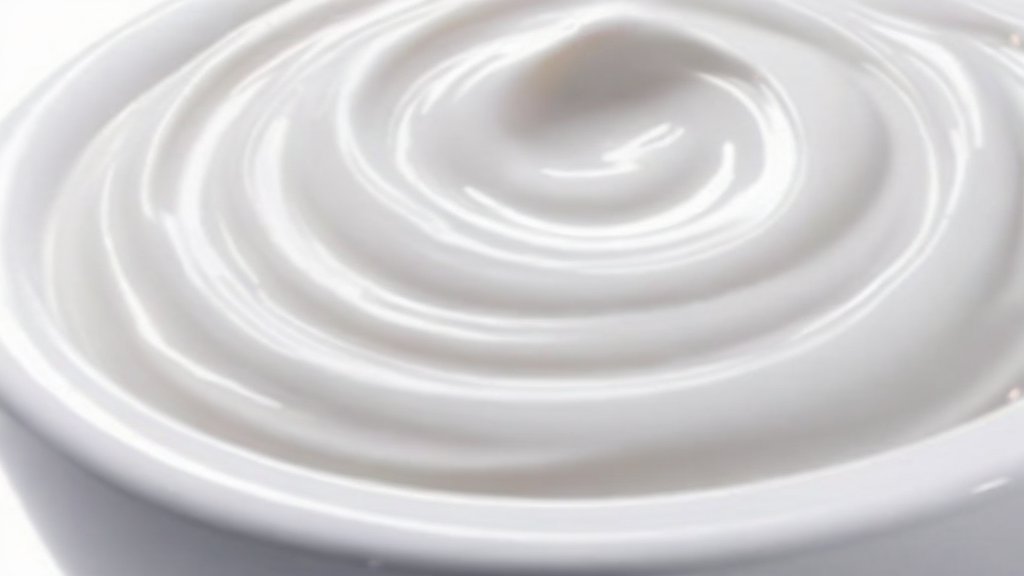Origin and Composition of Milk Cream
Milk cream, known as cream in Spain, is a component with a fatty consistency and a white or yellowish hue that is emulsified in freshly milked or raw milk, that is, in its natural state without having gone through any artificial process that eliminates fatty elements. It is mainly made up of globules of fat that float on the surface of raw milk, turning it into an emulsion of fat in water.
This layer of cream is separated by a centrifuge process and packaged separately for use in gastronomy. Depending on the proportion of fat it contains, several types of cream are distinguished; The lightest ones are used to mix with coffee or to make soups and sauces, while the thickest ones, which reach up to 55% fat content, are used to make whipped cream or chantilly, which in turn is used for decoration in pastries. Additionally, extremely fatty cream can be churned to make butter, which is basically isolated milk fat.
Culinary Uses of Milk Cream
Milk cream is a fundamental ingredient in baking, used in the preparation of recipes such as bavarois, Catalan cream, caramel cream, frozen cream, flan, meringue, panna cotta, Danish pastries, cakes, among others.
Nutritional Value of Milk Cream
Regarding its nutritional value, milk cream provides approximately 259 calories per 100 grams, with a content of 6 grams of fats (lipids), 3.9 grams of saturated fats, 1.4 grams of carbohydrates, 1.4 grams of sugars, 0 grams of dietary fiber, 0.8 grams of protein, 31 mg of sodium and 30 mg of calcium.
